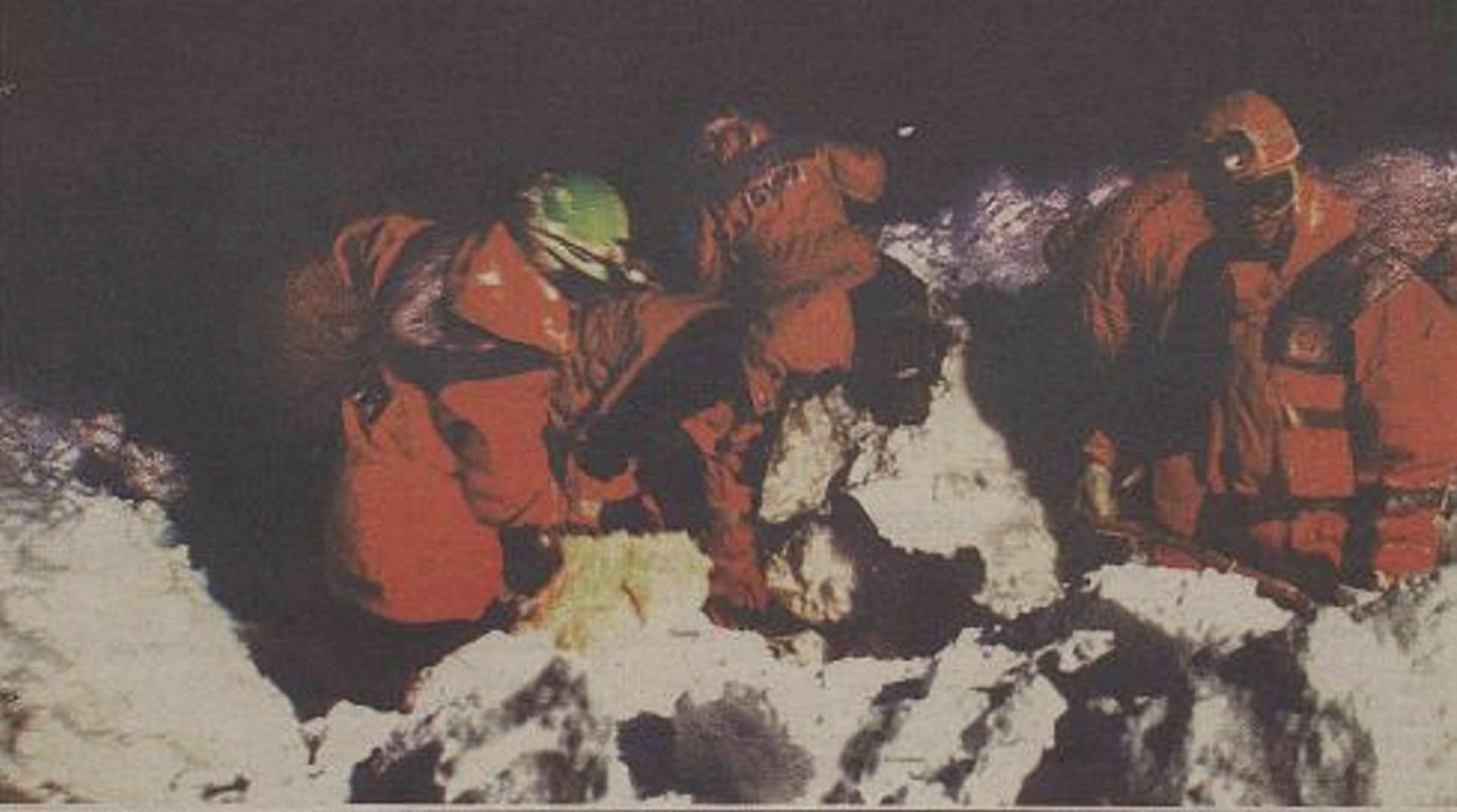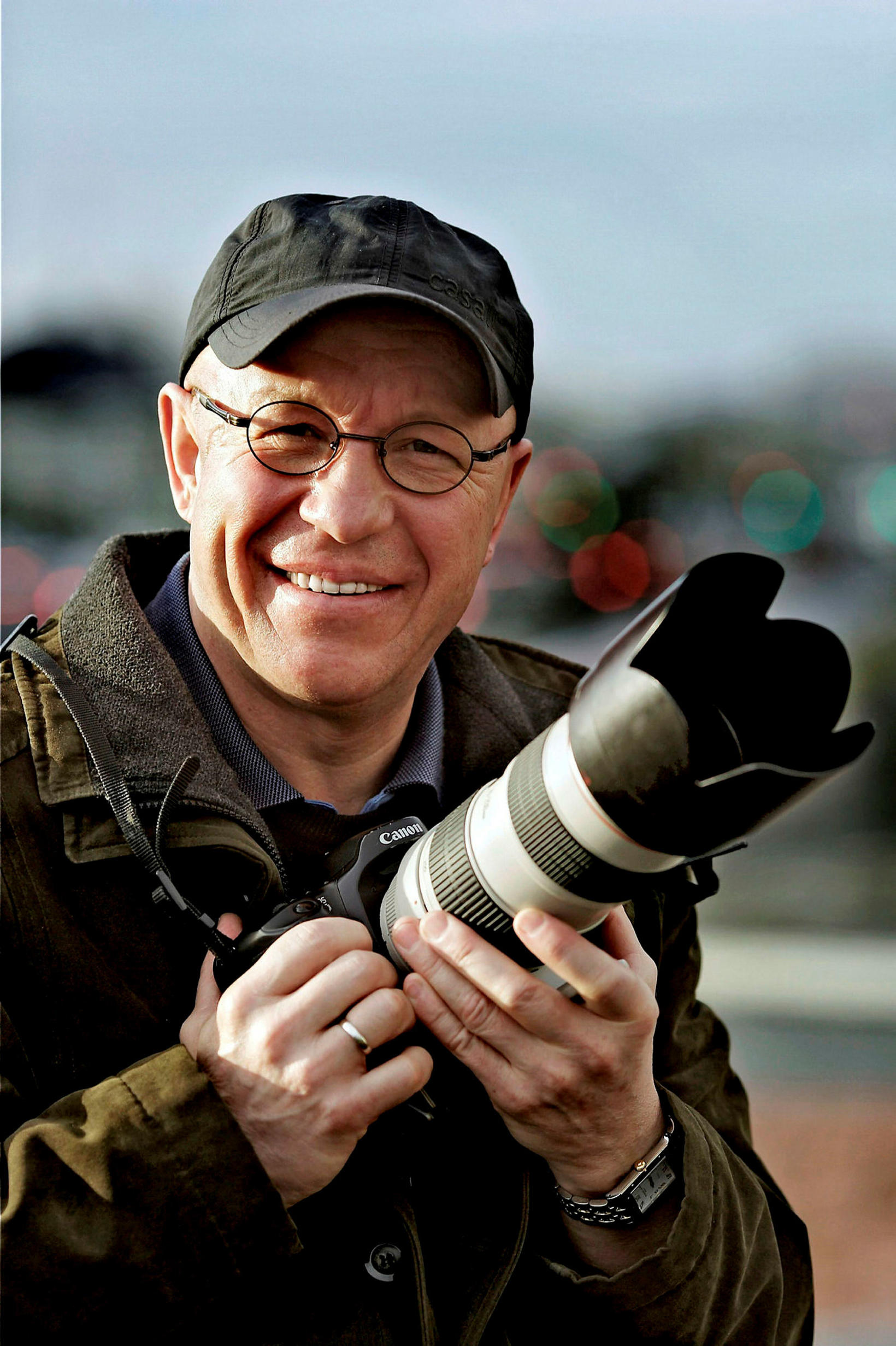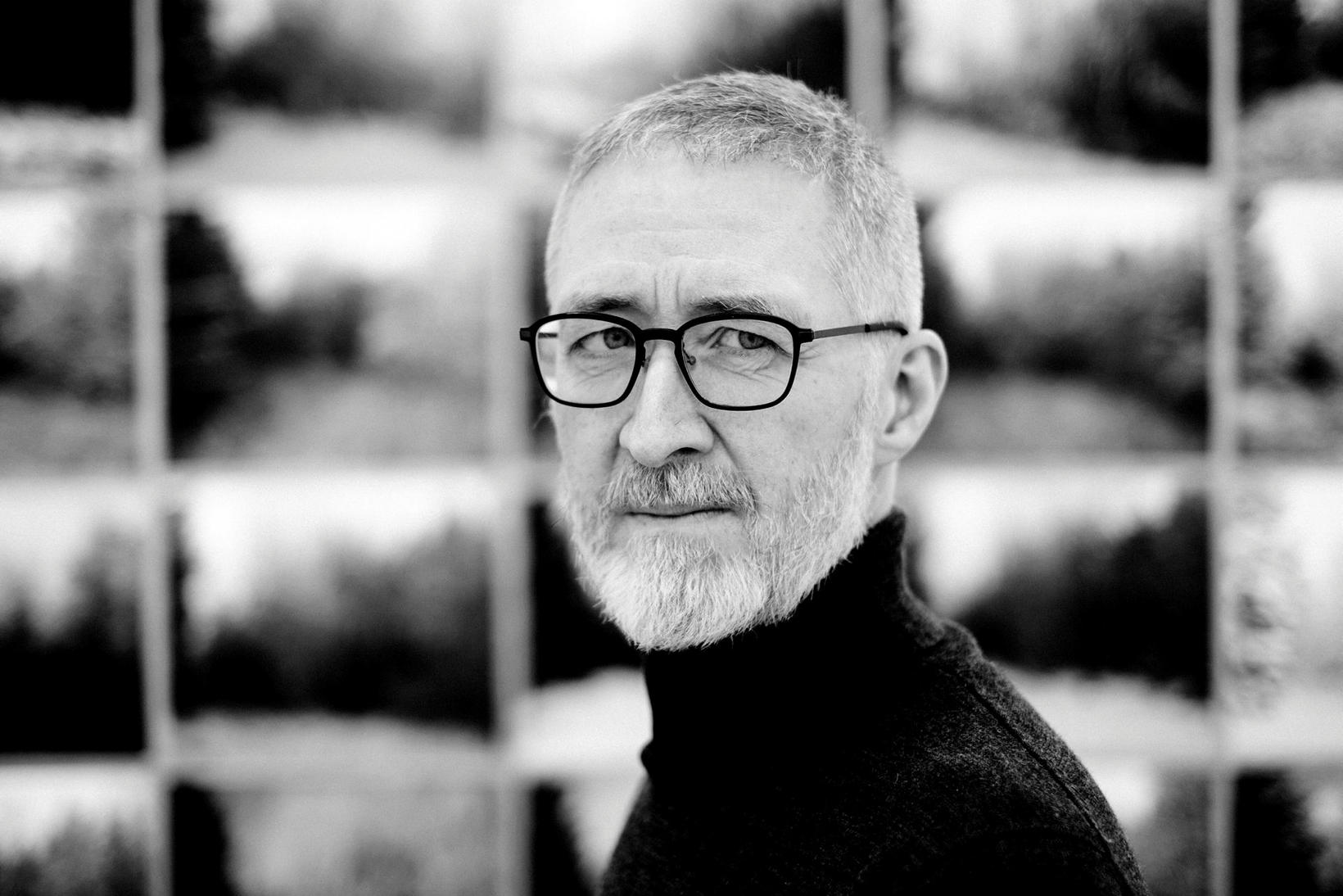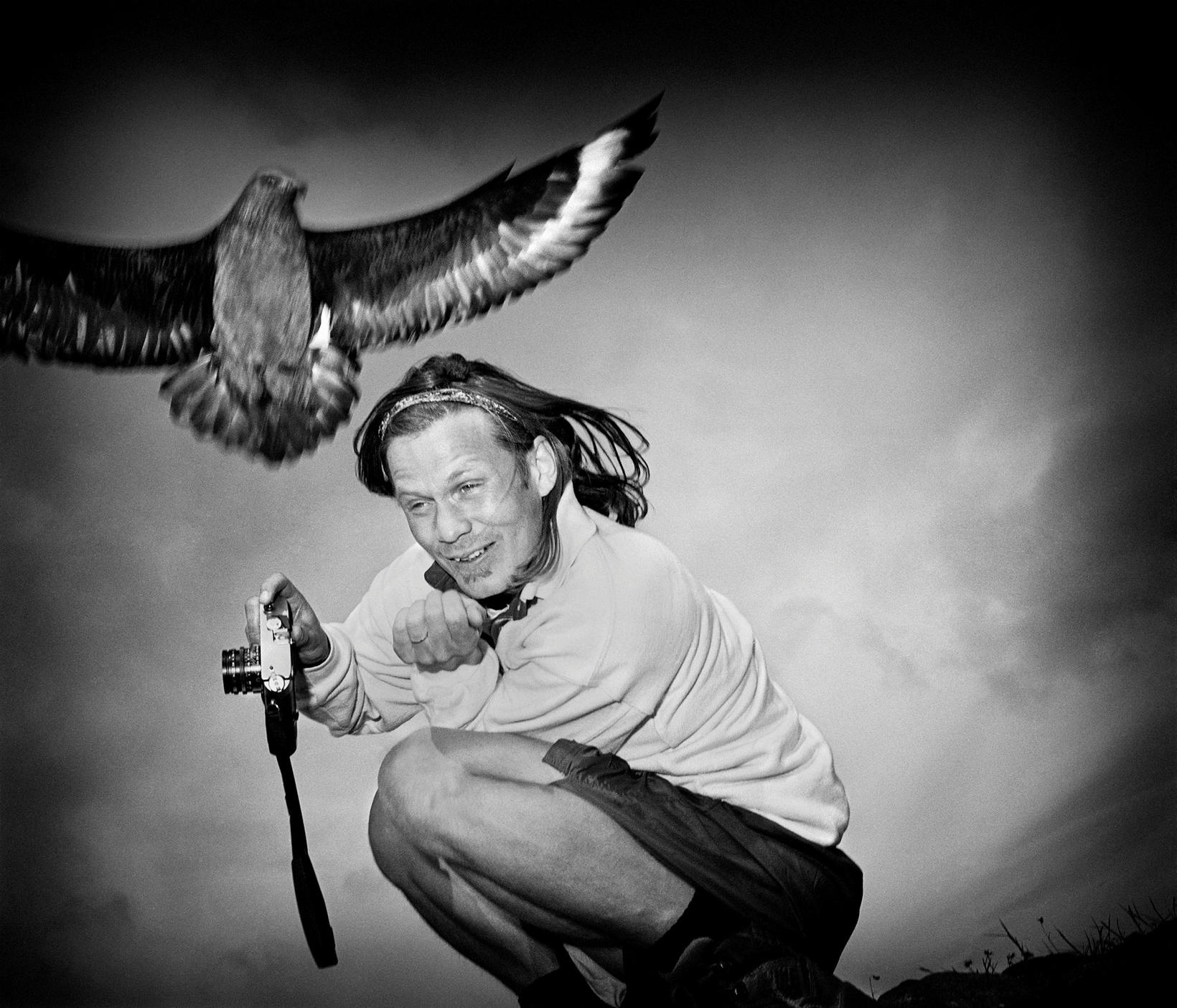There would be no picture from the avalanche in Súðavík
The picture that the rescue worker took in Súðavík which has been widely used and is the only historical photographic documentation of this very sad but big event in Iceland's history.
Four of the most experienced photojournalists in Iceland, Einar Falur Ingólfsson, Gunnar V. Andrésson, Páll Stefánsson and Ragnar Axelsson, are deeply concerned about the future of the profession, as authorities have little understanding of their role – to record Icelandic history. All sorts of barriers have been put up in the last few years.
Einar Falur Ingólfsson reports that the first appearance of these obstacles became clear in the avalanche in Súðavík 1995 in the Westfjords. There, the county commissioner made a decision to not allow news photographers to take pictures while the field was searched for missing persons. Ragnar Axelsson, however, managed to put film in the camera of one of the rescue team members, which then appeared on the back cover of Morgunblaðið. “Imagine, if he hadn’t, there would be no film of this big historical event. This photo has been used widely since,” says Ingólfsson.
Professionals don't interrupt
Gunnar V. Andrésson says the county official has testified that he did not want rescue teams to be distracted in his search. “It is quite understandable, but there is no need to fear it from professionals with extensive experience of all sorts of disasters,” Gunnar says, adding: “The rescue team was looking, but our job was quite different, including to show their heroic acts during the search.”
Páll Stefánsson sums up the fact that the avalanche in Súðavík was not properly documented. “This decision will never be taken back.”
Just got worse and worse
The media met with the Department of Civil Protection and Emergency Management after this, but still access was by no means good enough in the avalanche in Flateyri in the autumn, according to Ingólfsson. Ragnar Axelsson says that the county’s police officer was a bit more understanding of the role of photographers than they encountered in Súðavík. “Since then it’s just gotten worse and worse,” Ingólfsson says. “This is because of the totalitarian nature of the Department of Civil Protection and Emergency Management, it is simply incompetent. Institutions must understand that news photographers are not just anyone and have a vital role to play. They do provide us with information, but it is the job of professional media to inform the public and to show people what is really happening.”
According to Axelsson, photographers are often put at greater risk than would be the case because of said obstacles, as they increasingly have to look for ways to find out about events by the back door. “That’s a good point,” says Ingólfsson. “To think that reporters have to smuggle themselves in to do their duty.”
All of them fear the future. “The damage has already been done. Today’s media are all more or less down on the sidelines,” says Gunnar.
Axelsson agrees: “Iceland has become overwhelmed with people who can’t find their way home unless they follow some regulation.”
Stefánsson explained that Iceland is, and will be, a volcanic country. “What if Hekla begins to erupt? I am afraid that we will be stopped in Sandskeiði on the way there.”
“Sandskeiði?” Ragnar eats up after him. “We’ll be stopped in Hafnarfjörður!”
They were all in the Hekla eruption in 1991 and captured unique images.
“From now on, the history of Iceland will probably be just Njála, Volume 2,” Axelsson says. “There won’t be any pictures.”






/frimg/1/57/87/1578747.jpg)





